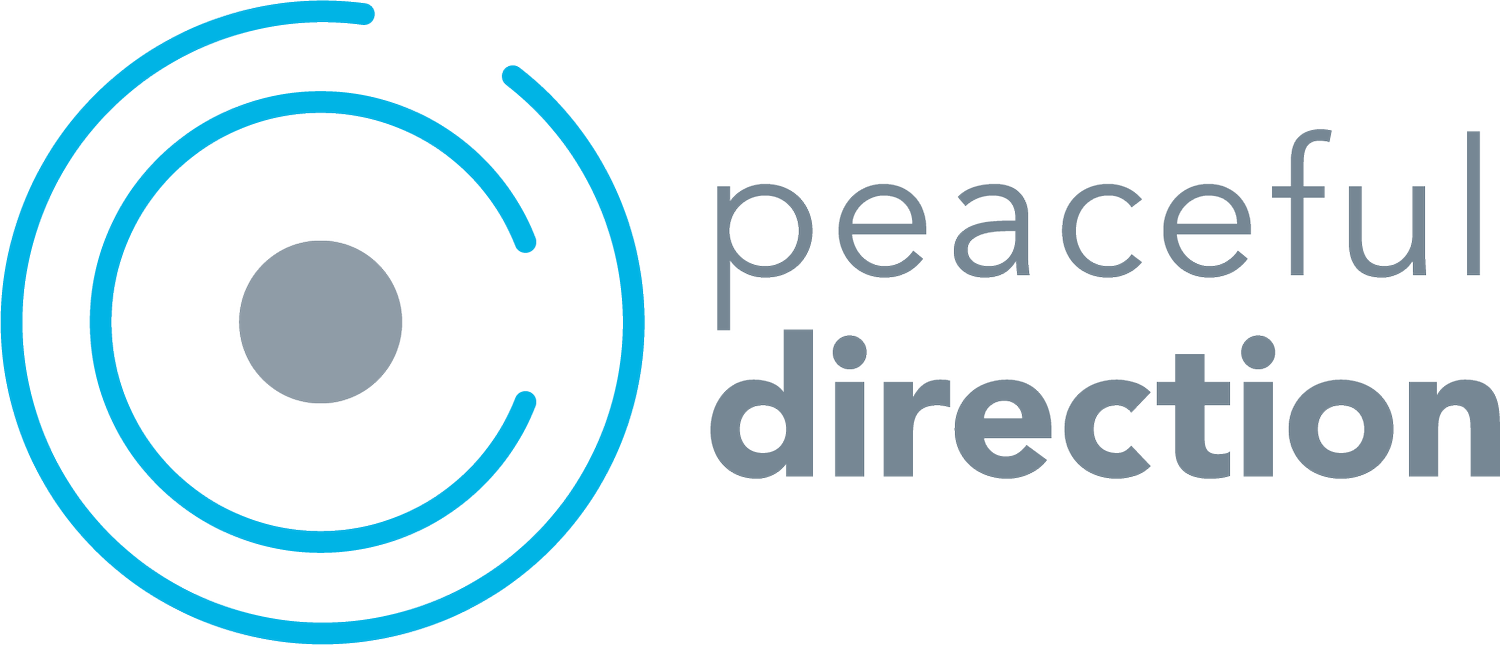How the book happened
About two months ago, Don’t Just Have the Soup hit the virtual shelves. I became a first-time published author, and my wife Lindy became a first-time published illustrator. I’m blown away by the reception for this book. I’ve received hundreds of congratulatory messages and comments, and my LinkedIn post announcing the publication got more than 7,000 views.
One question I ask myself from time to time – and that others have asked as well – is how exactly did this happen?
For starters, Don’t Just Have the Soup is a self-published work of nonfiction. I did not go the conventional publishing route of finding an agent, shopping a manuscript, signing a publishing contract and letting the publisher do the rest. Long story short: I don’t believe I have the kind of name recognition, expertise or following to be of interest to most publishers. I also wanted to own the rights to the book and get it published on my own timeline.
I selected IngramSpark as my vendor because the company had a good reputation for quality, and because they work across several different platforms. (By contrast, if you self-publish with Amazon, your book ends up just on Amazon.) Ingram is a print-on-demand service. Whether a reader orders a single copy through a bookseller or I order a case of books directly, they’re all made to order. It’s a process that still seems a bit like magic to me.
The actual act of launching the book into being is breathtakingly simple and inexpensive. You enter some metadata about the book into a web form, upload two PDFs and a JPG file, pay less than $100 and wait 24-48 hours for approval. That’s it. Once I completed these steps, it was just days before the print and electronic versions of the book appeared on Amazon, Barnes & Noble and independent bookseller websites all around the world.
So, publishing is easy. It’s the work that goes into the moment of publication that’s harder.
I probably knew I was going to assemble a book in the spring of 2021. I’d been collecting analogies from coaching sessions for many months by then. I had written a few for my blog, starting with the toothpaste decision, and got a nice response. So I decided that 52 analogies – one every week for a year – sounded like a good number. I decided I wanted it in people’s hands before the holidays. And I set myself a writing schedule of 4-5 analogies a week in advance of the publication date.
Some weeks I wrote 10 analogies. Some weeks I wrote none. The basic structure and beginning and end points revealed themselves pretty easily after the first few. Some no longer made sense to me after I expanded my hastily scribbled notes into a full couple of pages. Others burst onto the scene when I was coaching during this time, and made their way onto my list. I ended up with a list of about 70 analogies in all, and used the best 52 of them.
Lindy, on her summer break from teaching art, started knocking out illustrations on her iPad as I was writing. Meanwhile, the soup analogy jumped out as the likely title just as my longtime colleague Dennis Samson was working on cover designs. I got permission from various folks to use their stories and gave them credit in the text. We figured out the licensing and attributions on a few sources for the illustrations. I found editor Maura Grace Harrington Logue and inside book designer Andrea Reider through my network and handed the relevant bits off to them.
After a couple of weeks of collaboration and refining with Lindy, Dennis, Maura and Andrea, I had in my inbox the three necessary files to upload to IngramSpark. I’d met my own deadline of Thursday, November 11, 2021. Three days later, I started getting pictures of people holding their copies. A day after that, I went to the mailbox and got my first orange hardcover, 180-page actual printed book with Lindy’s and my names on the cover!
So that’s the Don’t Just Have the Soup origin story. I’ve probably made back about a third of the money my business invested in services, publishing and inventory. I’m feeling pretty good about that, because I never intended this to be a profitable project.
I’m feeling even better about the family members, friends and colleagues who are reading – including sending me photos of their copies from all around the globe! I didn’t imagine a more accessible way for folks to take part in my work, but that’s exactly what happened here.
The soup book has been the source of many fascinating conversations over the past few months, and it may become the basis for a workshop or several in 2022.
Please stay tuned…
